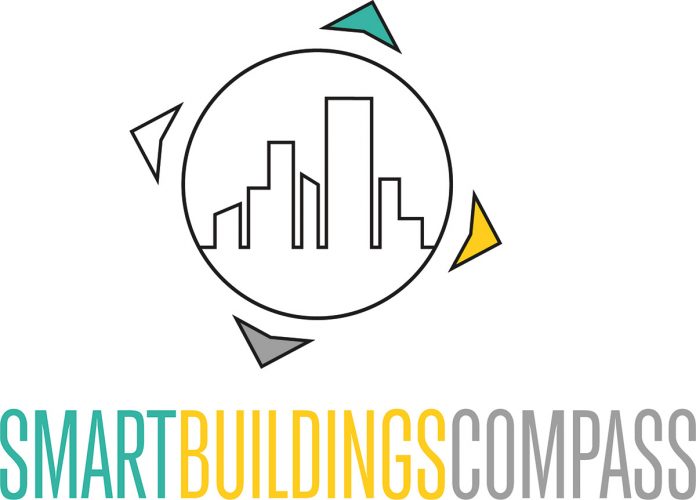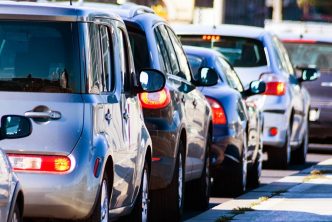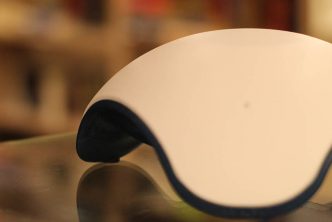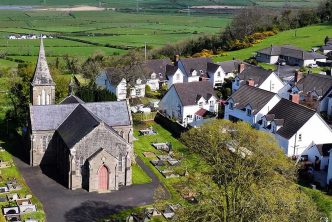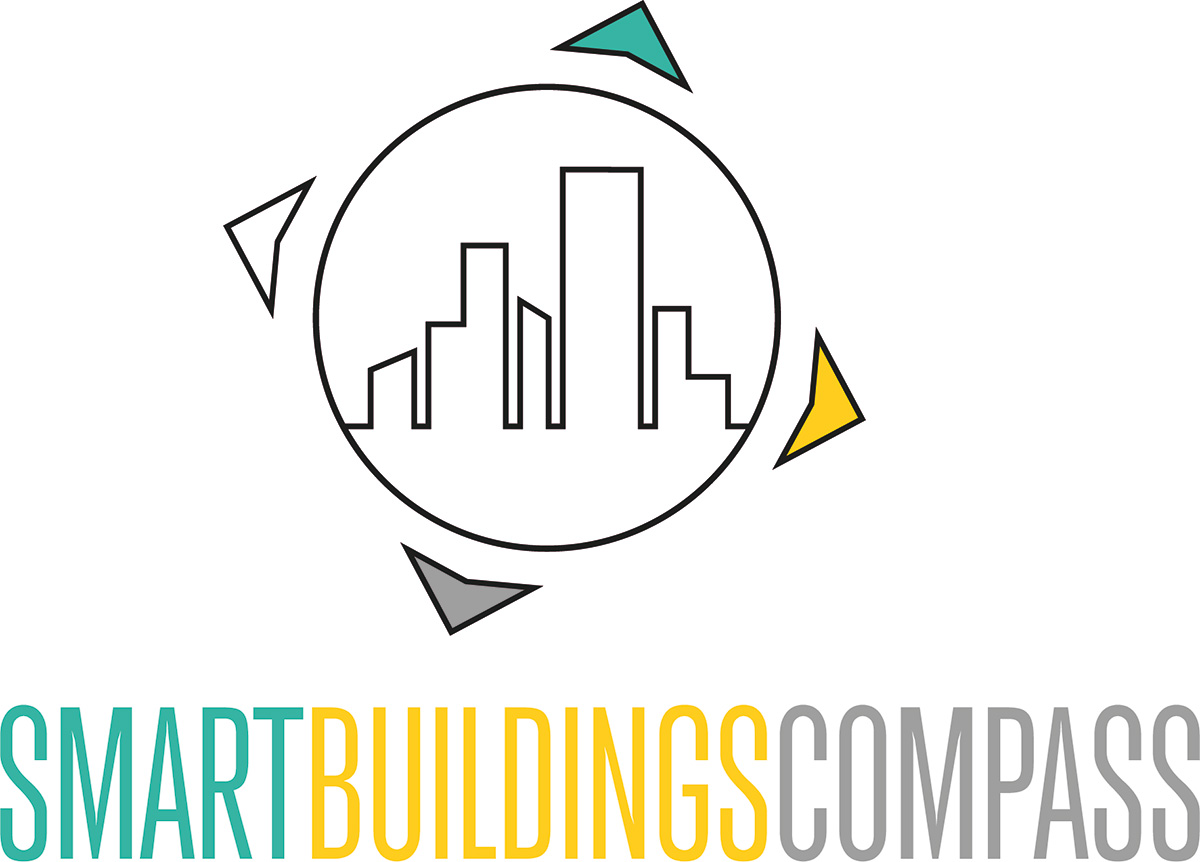Become part of the energy transition and climate protection.
The buildings of the future are intelligent, digitally connected and reduce our consumption of resources. “Smart living” has long ceased to be a “gimmick.” “Smart Living” has long been seen to be a “playground” – but not any longer: We are addressing important issues such as climate protection and energy transition. Many solutions for this are already on the market – and ready to use.
Climate Protection
Climate change is one of the greatest challenges facing us and future generations. What is now increasingly being addressed: Buildings are responsible for 40 percent of global CO2 emissions. That means: If we want to reduce our carbon footprint, twe must address buildings as well.
Smart concepts and technologies help us reduce our resource consumption – with as little loss of comfort as possible. On the contrary, technology can control and react to our environment much better and faster than we would be able to. It supports us in using less energy, storing it and using it when we really need it.
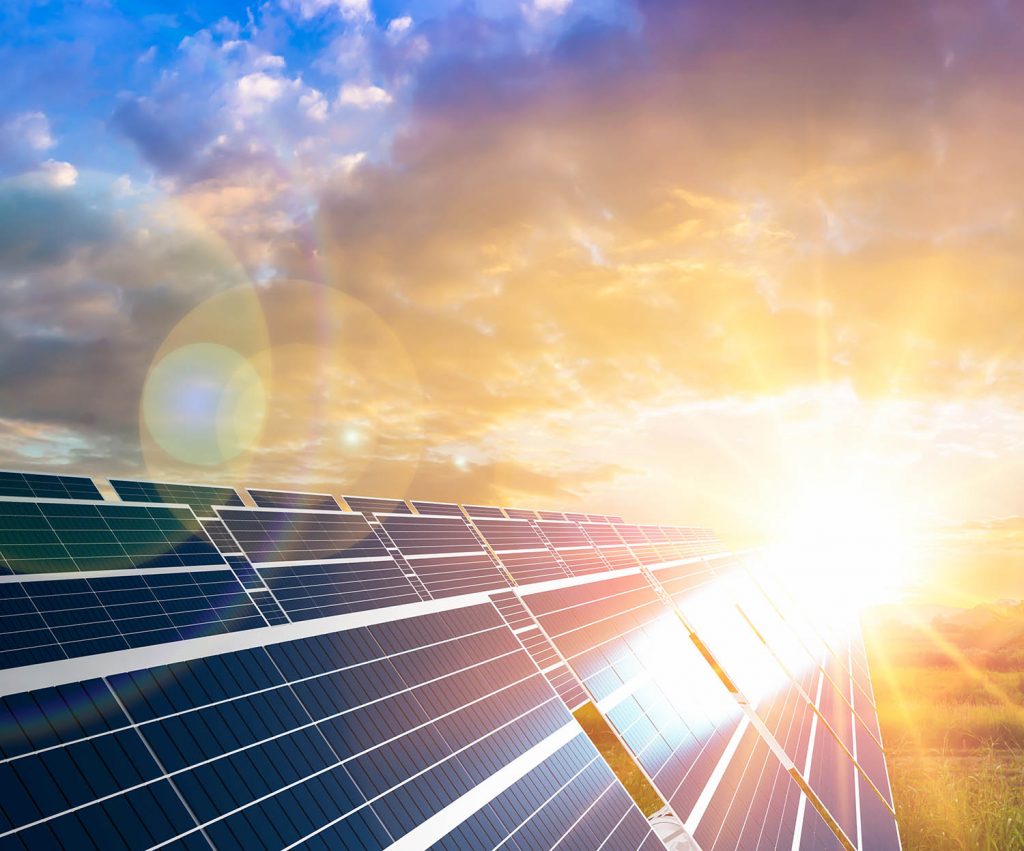
Energy transition means: Getting out of fossil fuels oil, natural gas, coal and into renewable energies from wind, water and sun.
In the future, we will increasingly produce and use energy locally: So either we produce our energy ourselves, e.g. with a photovoltaic system, or we buy it from a local producer, e.g. an energy community. By using power storages we can use as much as possible of our self-produced electricity. A solar system can be used to support the production of hot water.
This will fundamentally change our energy production in the coming decades – and we will become an important part of this energy transition. By generating our own electricity, we are also more independent in the event of a blackout or from the price volatility in the market. However, sustainable energy sources also pose challenges: Their limited availability, for example. At night, the photovoltaic system does not produce any electricity, and when there is no wind, wind turbines also stand still. Mild winters, hot spells, and lack of precipitation in turn pose major challenges to hydropower producers. Therefore, storage, better grids and technologies that can generate energy on demand are essential to secure and stabilize our energy supply.
High-performance supply networks are the basis for the energy transition and secure energy supply. This means that the network, which is often decades old, is not up to future requirements. In the past, it was clear that a few electricity suppliers would deliver. The system was managed with great certainty, and competencies were clearly defined. Renewable energy sources provide the opportunity for small generators to feed into the grid. Therefore, in the future, it will be essential to develop systems that are interconnected with maximum load-bearing capacity and are sufficiently powerful.
Energy communities: The opportunity depends on the legal regulation in your country, in Austria it became possible with the Renewable Expansion Act Package (EAG Package) as of 28.7. 2021. For the first time this allows people to join communities to produce, store, consume and sell energy across property boundaries.
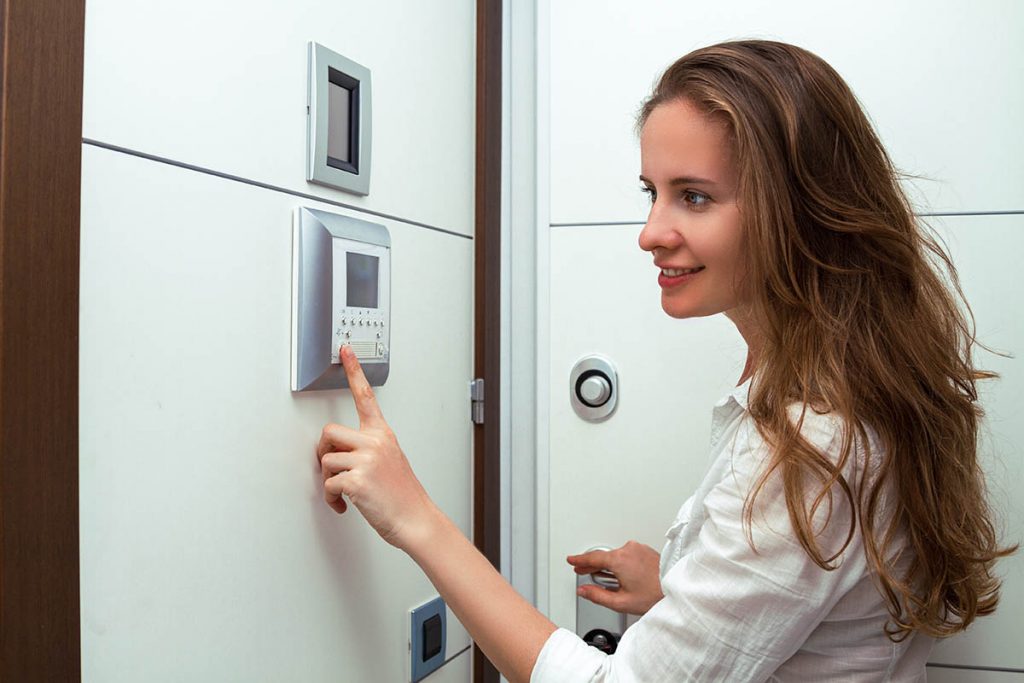
Saving energy & increasing comfort
All this sounds too good to be true? The systems mentioned above already exist on the market and will change our lives tremendously. This gives us more time for the really important things in life, saves resources and is easy on our budget. These systems also support us when we are rarely on site, for example, in a weekend house.
But we have to learn how to deal with it: We have to ask ourselves how we actually want to live in the future. A lot is possible, but not everything makes sense – so what’s the best area to start?
Smart building technology requires more intensive maintenance, these systems act differently than usual. The more complex the system, the more complex the care and maintenance. So pure implementation is not enough. Datenschutz und Sicherheit sind hier ebenso wichtige Schlagwörter. Where is my data located, who has access to it, and how secure are the systems? We will ask and address precisely these questions, explain them and bring in experts.
Enjoy reading these pages, If you have any questions or would like to provide feedback on our reports, please do not hesitate to contact us. You can find the contact details here.
Sincerely,
Anja Herberth
Editor
Credit: Shutterstock
SmartBuildingsCompass Newsletter
Our other topics

Comfort & Security
Today, we can design our lives in a way that allows us to live in our homes for as long as possible. For example with the help of barrier-free concepts, controlling the environment or with alarm functions that support us when we need help.
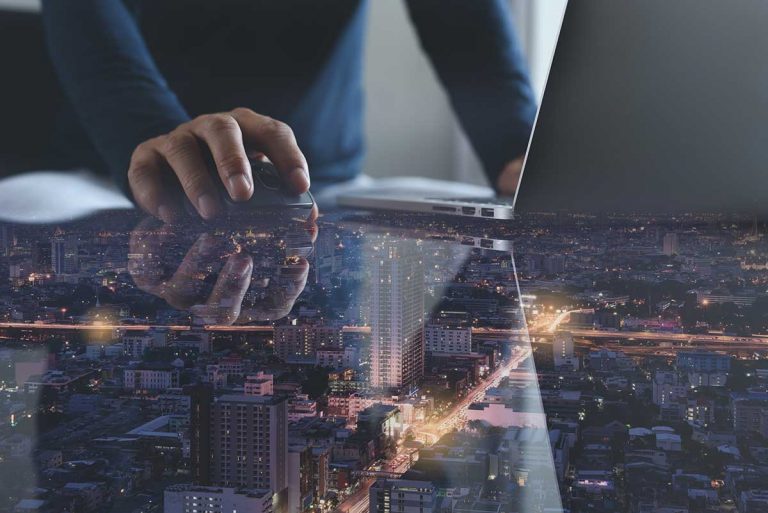
Smart regions
Smart City' - this describes the quest to make our cities even more livable. In a smartly organized city, technology should help us make life in cities more efficient, environmentally sustainable, inclusive and democratic.
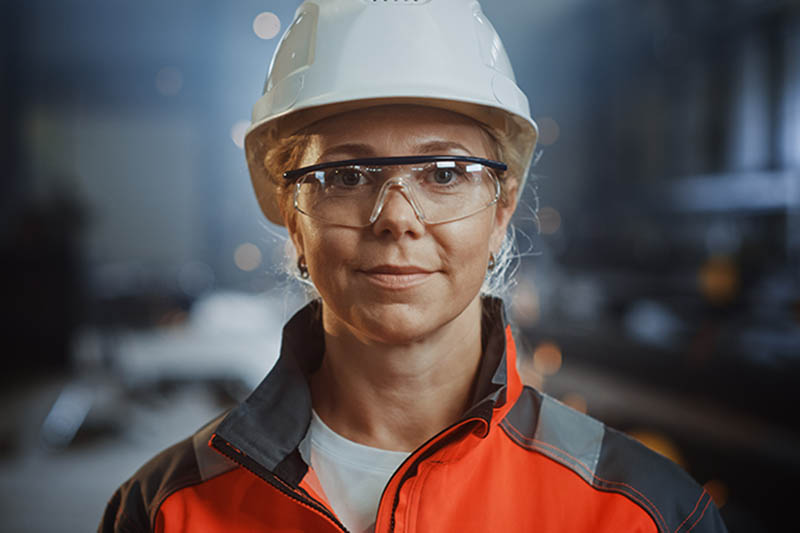
Jobs in Technology
The challenges of our time are solved with the help of technology - which is why these jobs are so exciting. In view of the shortage of skilled workers, jobs in the so-called MINT subjects are linked with very good job prospects.
